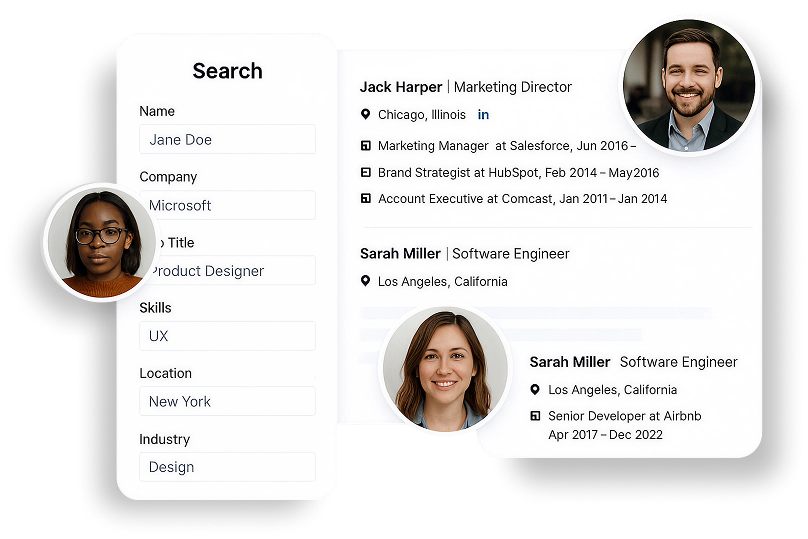Mike Haegg serves as a Principal Software Engineer and Team Lead at Bayer, where he plays a pivotal role in advancing the integration of cutting-edge healthcare AI diagnostic applications into the Calantic radiology platform. With a robust background in system and software design, Mike is...
Mike Haegg serves as a Principal Software Engineer and Team Lead at Bayer, where he plays a pivotal role in advancing the integration of cutting-edge healthcare AI diagnostic applications into the Calantic radiology platform. With a robust background in system and software design, Mike is dedicated to developing data-driven solutions that enhance patient outcomes and streamline radiological processes. His current projects focus on the seamless integration of third-party applications, where he has expertly designed and developed DICOM interfaces that facilitate efficient communication between cloud-hosted applications and Bayer’s platform.
A key aspect of Mike's work involves leveraging Docker containerization and implementing DevOps practices to manage the artifact lifecycle through GitHub. This approach not only ensures the scalability and performance of the solutions he develops but also aligns with class 1 Medical Device compliance standards—critical in the healthcare sector. His expertise extends to configuring PACS and HL7 worklists, which are essential for managing medical imaging data and ensuring interoperability within healthcare systems.
Mike’s passion for innovative technologies is evident in his proficiency with machine learning frameworks such as PyTorch and his adeptness in data mining techniques. He is also well-versed in cloud-based architectures, particularly Amazon Web Services (AWS), which he utilizes to deliver optimal results in his projects. An analytical thinker with a commitment to continuous learning, Mike is always exploring new methodologies and tools to enhance process improvement and drive efficiency in software engineering practices. His contributions not only advance Bayer's technological capabilities but also significantly impact the healthcare landscape by improving diagnostic accuracy and operational workflows.







